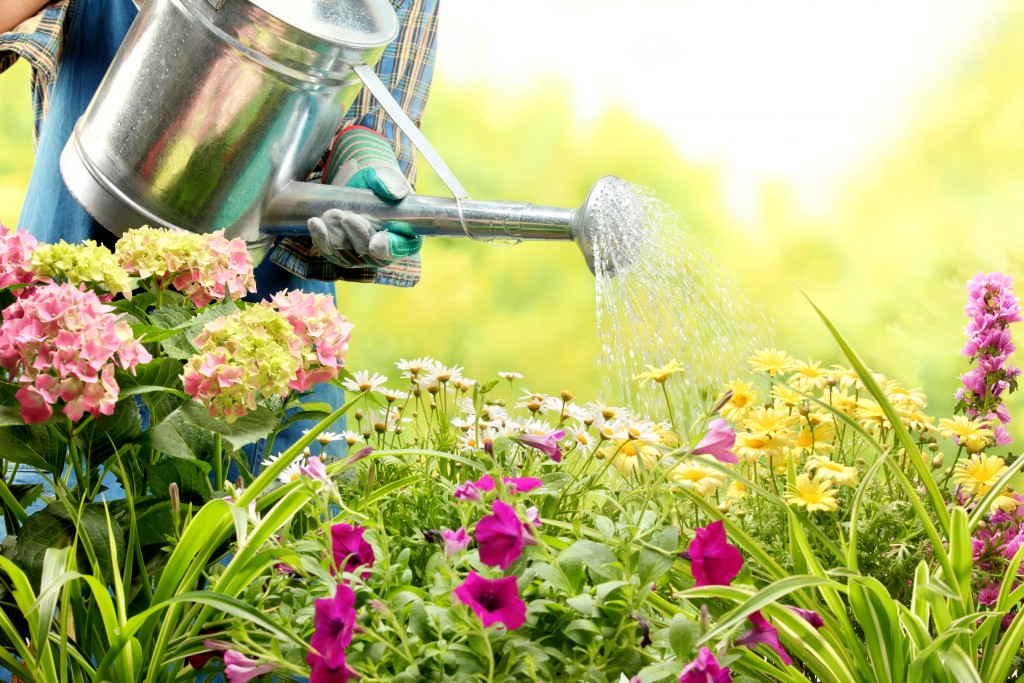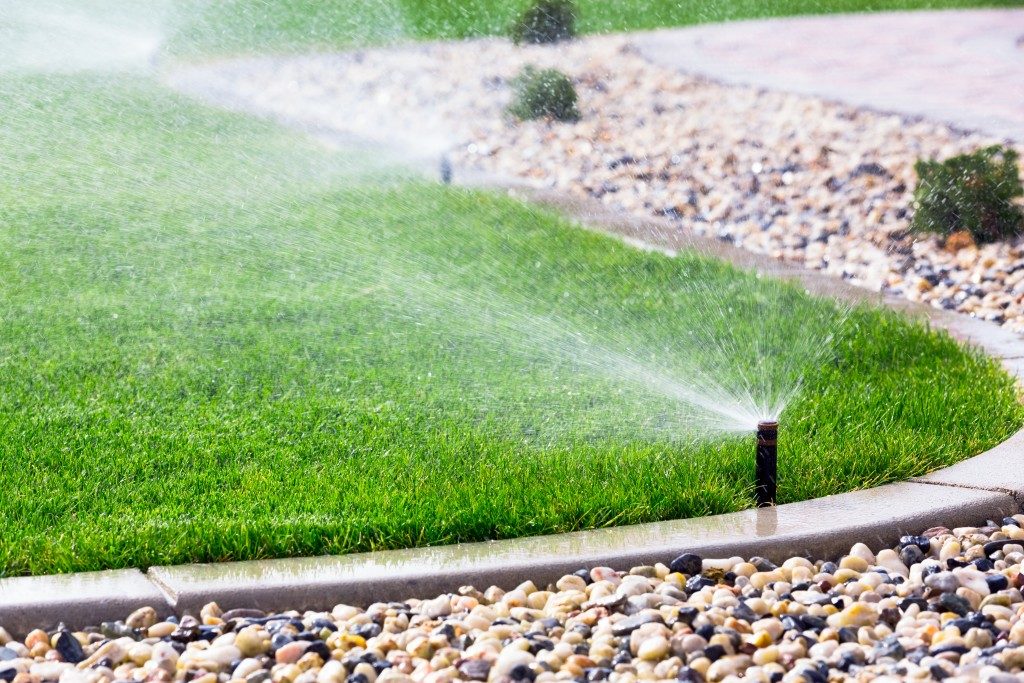Most people love having plants at home. After all, in return for a bit of light, water, and plenty of TLC, they can add so much vibrancy and life to one’s space. If you’re looking to grow and add more plants to your home, consider propagating. Propagation is when you create new plants from an existing one or asexually reproducing them right before your very eyes. It’s a simple and sustainable way to expand your collection of greens, further fueling your love for plants more.
Since you’re not starting from seeds, your plants can grow relatively quickly — giving you more time to do chores around the house while driving to and from your child’s preschool.
There are numerous ways you can propagate your plants at home from a ‘mother’ plant, and the following are the most common ones.
Cutting
An easy propagating method that permaculturists do is propagating plants through cutting. This technique involves cutting off a stem or leaf from a plant and enabling it to grow its root system, giving you more plants from the same plant.

Here are two types of cutting propagation.
- Leaf Cutting – You can create more of your favorite houseplants by cutting off some leaves from your existing plants, dipping their bottom ends in rooting powder, and placing them in moist soil. This method is best for snake plants.
- Stem Cutting – This process is ideal for multi-stemmed houseplants. It follows the same principles as leaf cutting. It just requires you to remove at least three to five inches from the stems’ top or side branch, just below the node, ensuring fast and efficient growth. Plus, you need to place the new specimens right back in the potting soil. If the stem seems weak, prop it up using pebbles or sticks.
Division
Division propagation involves separating an entire plant into several bite-sized pieces, each of which can become a new and independent plant. This propagation technique works best with mature specimens, prolonging their lives. Plus, they’re ideal for plant species whose roots grow in crowns or clumps, offering obvious dividing points. The best plants for these include hostas, mums, and ornamental grasses.
You can propagate following this technique by separating a plant’s roots into pieces using a sharp blade, place each one in a bucket of water, then plant all new specimens in holes from the ones where you took the original plants. Finish off with compost and water well.
Water Propagation
A simple propagating technique you can do is the ‘water’ method. All you need to do is place your leaves or stem cuttings in a glass filled with water and wait until roots emerge from the cuttings. When these become at least half an inch long, pour out the water and place the plant in potting soil. The best plants for this include mint, basil, lemon verbena, and sage.
Propagating your plants is a convenient, inexpensive, and sustainable way of getting new plants from your existing crops — expanding your home garden at virtually no cost. Try the different propagation techniques and see which one works best for you, helping you grow your garden with ease.









